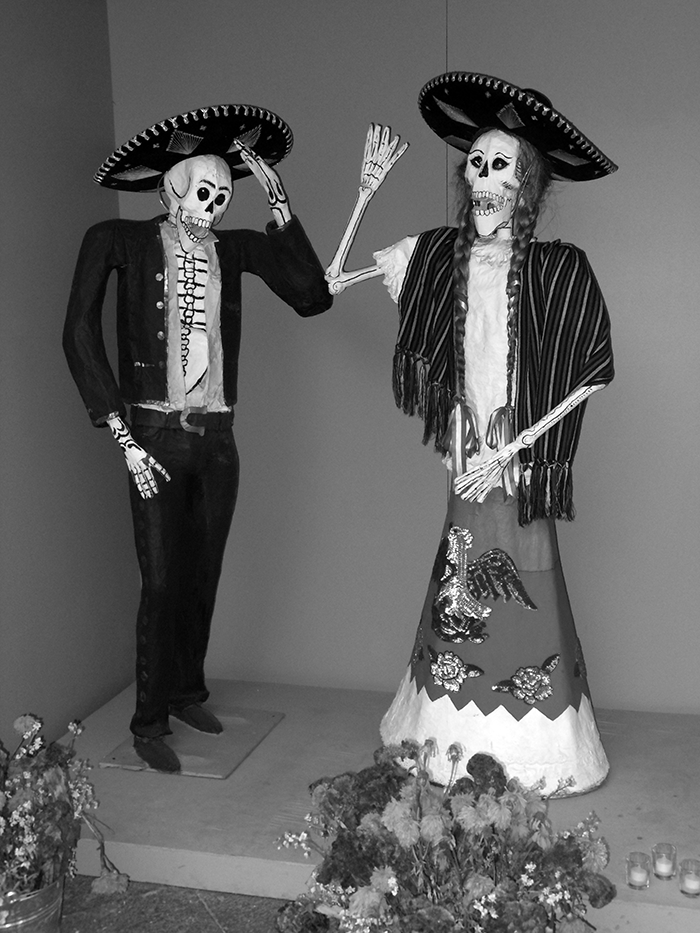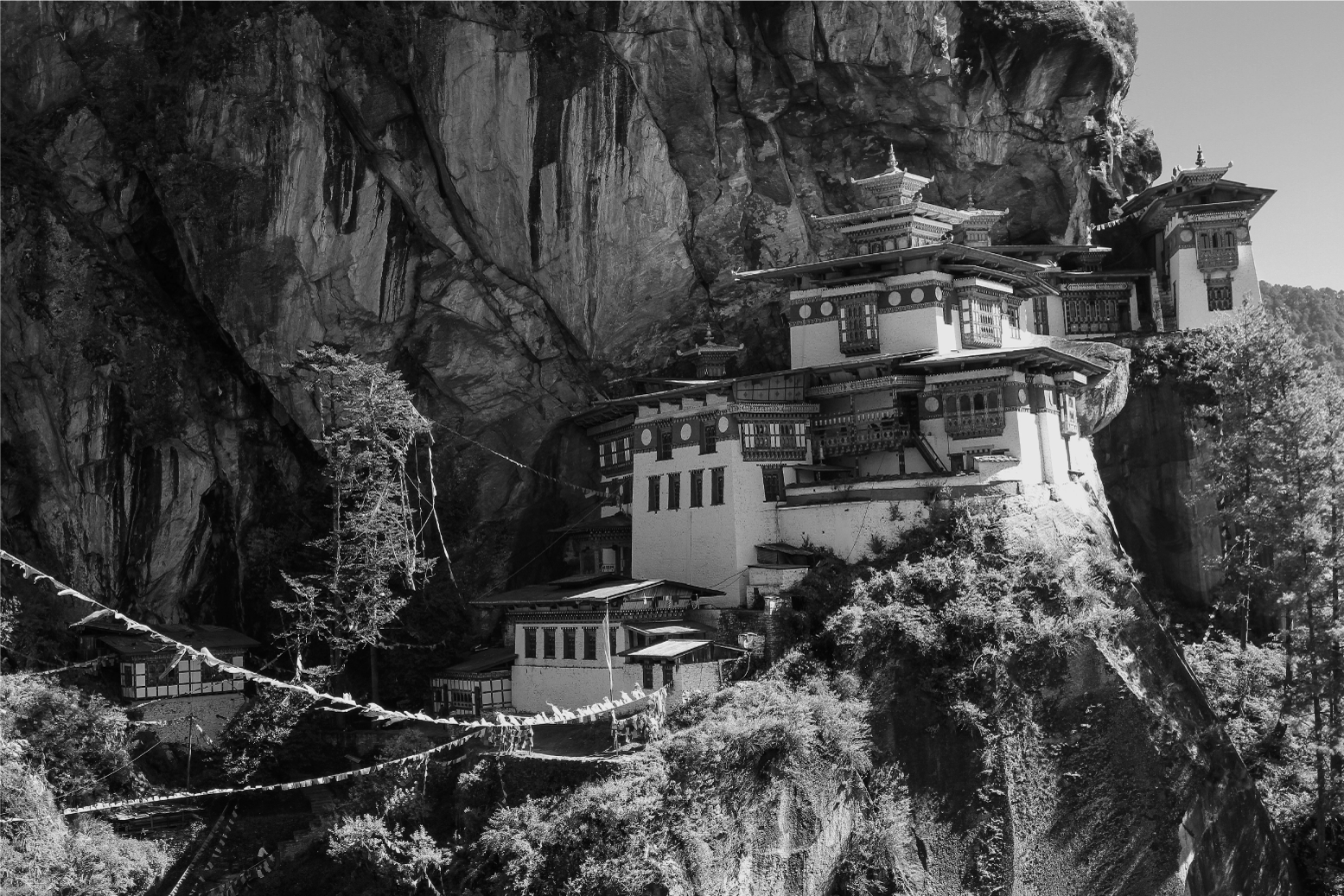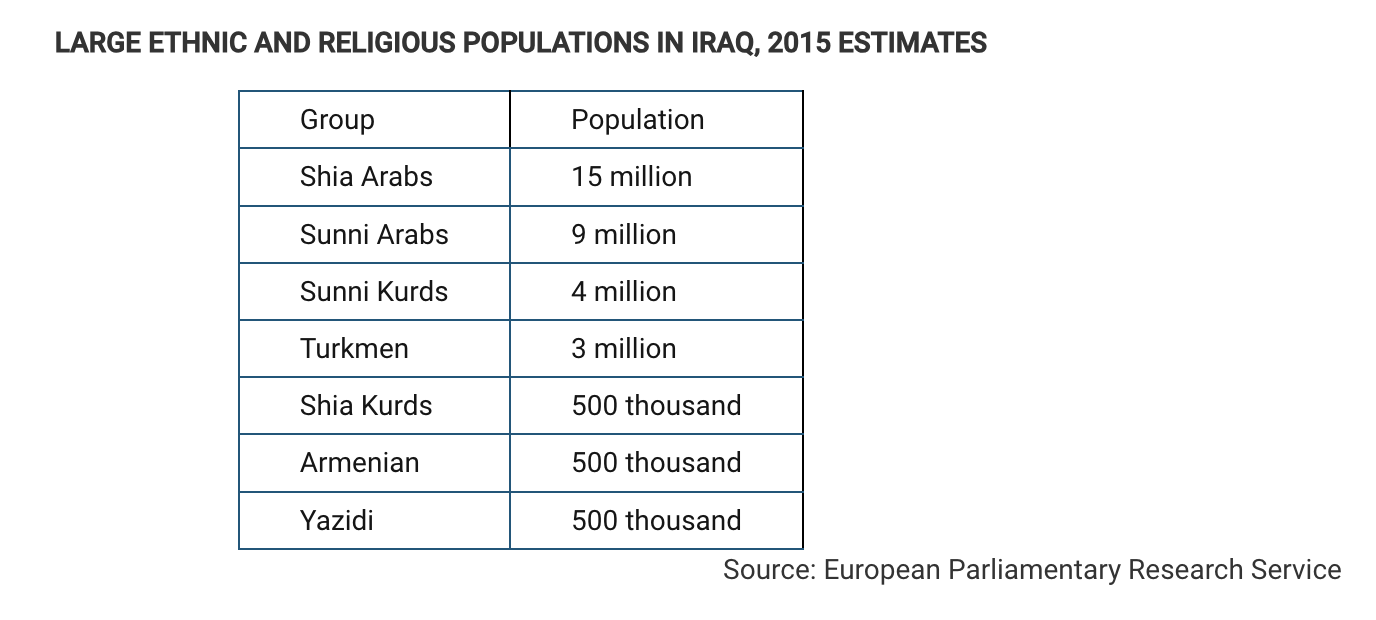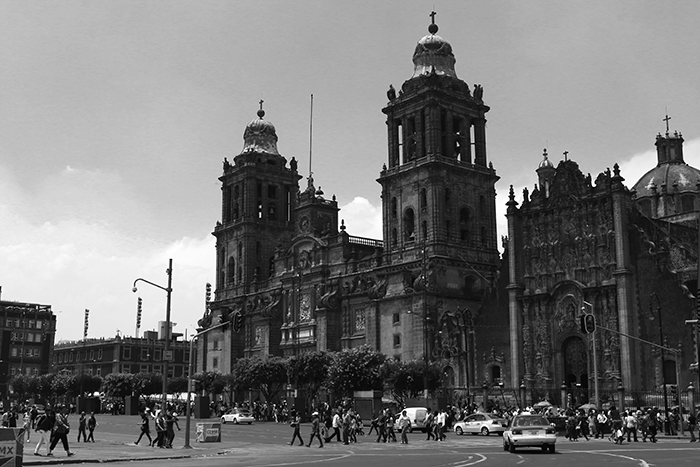AP Human Chapter 6
1/59
Earn XP
Description and Tags
Name | Mastery | Learn | Test | Matching | Spaced |
|---|
No study sessions yet.
60 Terms
When geographers study the sites where religions originated as well as the processes by which those religions diffused to other locations, they are focusing on the
lack of spatial connections in religion.
geo-religious linkages of culture.
spatial connections in religion.
role of history in the social sciences.
loss of historical processes in the formations of religions.
3.spatial connections in religion.
The world's largest ethnic religion is
Confucianism.
Daoism.
Hinduism.
Shintoism.
Islam.
3.Hinduism.
The world's largest universalizing religion is
Buddhism.
Christianity.
Hinduism.
Islam.
Shintoism.
2.Christianity.
Which of the following is not a universalizing religion?
Sikhism
Islam
Judaism
Buddhism
Christianity
3.Judaism
The dominant branch of Islam in Iran is
Sufism.
Dervishism.
Sunni.
Mecca.
Shiite.
5.Shiite
Lutheranism is an example of a Christian
religion.
denomination.
sect.
branch.
family.
2.denomination
Which characteristic distinguishes religion in Latin America from North America?
location relative to the Equator.
Ethnic religions make up the majority in one but not the other.
Latin America has more Protestants, Jews, and Muslims.
having a Roman Catholic majority.
having a Protestant majority.
4.having a Roman Catholic majority
The maps in this chapter indicate that Eastern Orthodoxy is a branch of Christianity prevalent in
Spain.
Italy.
Russia and Spain but not Greece.
Greece and Germany but not Russia.
Russia.
5.Russia
Examples of ethnic religions include
Confucianism, Islam, and Buddhism.
Daoism, Confucianism, and Judaism.
Daoism and Christianity.
Hinduism and Buddhism.
Buddhism, Judaism, and Hinduism.
2.Daoism, Confucianism, and Judaism.
A religion that is spatially widespread and philosophically inclusive of all potential adherents is described as a(n) ________ religion.
folk
ethnic
tribal
universalizing
animistic
4.universalizing
Sunni and Shi'ite represent branches of Islam based on
socioeconomic status.
profession.
religious calendars.
ethnicity.
disputes over religious leadership
5.disputes over religious leadership
An ethnic religion is
based on belief in one particular spiritual leader.
appealing mostly to one group of people in one place.
based on only one language.
younger than a universalizing religion.
more peaceful than a universalizing religion.
2.appealing mostly to one group of people in one place
Both universalizing and ethnic religions
can diffuse to different populations around the world.
attempt to be global and appeal to all people.
can be expressed as Christianity and Islam.
appeal primarily to one group of people living in one place.
arose from changes in the physical environment.
1.can diffuse to different populations around the world
Which of the following is currently the most important religion in the homeland of the man who founded it?
Christianity
Hinduism
Buddhism
Shintoism
Islam
5.Islam
Which of the following would be more characteristic of a universalizing religion?
Priests follow a calendar of religious services based largely on seasonal changes.
Priests and adherents of a particular church pledge that they will not support warfare in any form.
Several priests travel across the world to establish missions on remote islands.
Several priests build temples at the tops of the world's highest volcanoes.
religious leader proclaims that you cannot join her church unless your mother was previously a member of that church.
3.Several priests travel across the world to establish missions on remote islands.
Which of the following would we be more likely to classify as a characteristic of an ethnic religion?
The adherents of a church pledge that they will not support warfare in any form.
Priests travel across the world to establish missions on remote islands.
A religious leader proclaims that you cannot join her church as a full member unless you bring two or three people with you, as converts to her religion.
The religious calendar is based largely on seasonal changes in a particular region.
Priests build temples in cities around the world.
4.The religious calendar is based largely on seasonal changes in a particular region.
It is reasonable to surmise that historically, when signs were posted in store windows warning "No Irish Need Apply," the store owner may also have been
a Protestant discriminating against Roman Catholic immigrants.
a Roman Catholic discriminating against Jewish and Protestant immigrants.
a Protestant attempting to welcome Roman Catholics but not Jewish immigrants.
a nonreligious entrepreneur discriminating against all religious adherents.
a Roman Catholic from Ireland.
1.a Protestant discriminating against Roman Catholic immigrants.
Roman Catholics are clustered in the U.S. southwest primarily because of migration of
Roman Catholics from Latin America.
Roman Catholics from the northeastern United States.
Roman Catholics from Ireland.
Protestants to the north.
Protestants to the east.
1.Roman Catholics from Latin America.
Christianity first diffused from its hearth through
contagious diffusion.
hierarchical diffusion.
relocation diffusion.
expansion diffusion.
military conquest.
3.relocation diffusion.
Unlike other universalizing religions, Buddhism
remained primarily concentrated in one region of the world.
was not begun by an individual founder and then diffused elsewhere.
was founded in China.
worships more than one god.
diffused primarily by colonization.
1.remained primarily concentrated in one region of the world.
Followers of which religious branch do not trace their origin to Abraham?
Eastern Orthodox
Mahayana
Shiite
Sunni
Judaism
2.Mahayana
The concept of a ghetto originally referred to the area of a city
inside the walls.
inhabited by the lowest-income people.
where Jews were forced to live.
where most blacks lived.
where the untouchable caste lived.
3.where Jews were forced to live.
The agricultural calendar is relatively unimportant to which type of religions?
animist
ethnic
traditional
universalizing
Judaism, Shintoism, and Daoism
4.universalizing
Judaism is classified as an ethnic rather than a universalizing religion, partly because
its main holidays relate to events in the life of its founder, Abraham.
it uses a standard solar calendar rather than a lunar calendar.
its rituals derive from the agricultural cycle in Israel.
it commemorates the Exodus from Egypt.
the holy text is the foundation of the religion.
3.its rituals derive from the agricultural cycle in Israel.
With respect to the relationship between culture, religion, and the physical environment,
all religions appeal primarily to people living in their land of origin.
religious ideas nearly all arise from changes in the physical environment.
religion is no longer an important source of identification for a distinct cultural group.
religious ideas may be responsible for some of the changes people make in the physical environment.
few religions derive meaningful events from the physical environment.
4.religious ideas may be responsible for some of the changes people make in the physical environment.
Animists believe that
people should make complete use of the Earth's resources.
natural disasters are preventable.
inanimate objects and natural events have spirits.
people should complete God's creation of the Earth.
enlightenment can be achieved by all people.
3.inanimate objects and natural events have spirits.
The principle purpose of holidays in universalizing religions is to
commemorate the construction of the primary religious site.
recognize new converts on a specific date.
recognize seasonal change.
commemorate events in the founder's life.
pray for good fortune with the harvest.
4.commemorate events in the founder's life.
Given Daoism's classification as either a universalizing or an ethnic religion, which of the following would you be more likely to categorize as pertaining to Daoism?
People of numerous ethnic groups attend the great majority of religious services.
Most of the religious texts are directly related to warfare.
Most shrines are located at major physical features or sites of longstanding cultural significance.
Most shrines are located in major cities and towns around the world.
Most of the religious texts concern the stories and letters of missionaries who traveled to different countries.
3.Most shrines are located at major physical features or sites of longstanding cultural significance.
Cremation is more important than burial in which religion?
Christianity
Islam
Buddhism
Judaism
Hinduism
5.Hinduism
The holiest city for Muslims is
Jerusalem.
Riyadh.
Saudi Arabia.
Mecca.
Medina.
4.Mecca
An ethnic religion typically has less widespread distribution of its holy places because
in times of globalization they have been forced to abandon their holy places.
their holy places are the sun, sky, and earth.
they have not diffused globally.
in large part their holy places derive from the physical characteristic of its hearth.
many of their holy places have been destroyed by urban growth.
4.in large part their holy places derive from the physical characteristic of its hearth.
The exiled spiritual leader of Tibet is the
Kublai Khan.
Panchen Buddha.
Buddha.
Dalai Buddha.
Dalai Lama.
5.Dalai Lama
________ is the literal interpretation and strict adherence to the basic principles of a religion.
Subordination
Alienation
Pathos
Fundamentalism
Subjugation
4.Fundamentalism
Which of these penalties were imposed by the Taliban in Afghanistan?
Men were beaten for shaving their beards.
Homosexuals were buried alive.
Prostitutes were hanged in public, and men were stoned for committing adultery.
Thieves' hands were cut off, and women with nail polish had their fingers cut off.
All of these answers are correct.
5.All of these answers are correct
Adherents of which religion controlled much of present-day Spain until 1492, but not since then?
Buddhism
Christianity
Hinduism
Islam
Druze
4.Islam
The barrier between Israel and the West Bank
has been ruled as illegal by both Israeli and international courts but is supported by other elements of the Israeli government.
is welcomed by both sides within the Palestinian and Israeli governments, regardless of their political affiliations.
represents the natural landscape feature of the Jordan River as described in early religious texts.
follows the previous border between Israel and Jordan.
has established peace in the Middle East.
1.has been ruled as illegal by both Israeli and international courts but is supported by other elements of the Israeli government.
Jerusalem's geography represents a particularly difficult religious conflict to resolve because
sacred sites to Jews and Muslims are literally built on top of one another.
the population of Jerusalem is majority Christian but surrounded by majority Jewish and Muslim populations on either side.
The Israeli government has separated the most sacred sites with a massive concrete wall.
Israel captured the Sinai peninsula from Egypt.
few Muslims and Jews are allowed within the city.
1.sacred sites to Jews and Muslims are literally built on top of one another.
Which of the following best describes the situation of religion in Tibet?
Only a few practice Buddhism; the majority observe Confucianism.
Tibetan leaders have a high degree of local control over the policies of their province.
The population has become almost entirely atheist since the Chinese invasion.
Its spiritual leader is in exile and the government discourages observance.
Freedom of religion is protected by provincial law.
4.Its spiritual leader is in exile and the government discourages observance.
Some of the violence linked to religion in Israel and Palestine is also linked to
the immigration of Tibetan Buddhists into the area.
the ordination of women as leaders in some Protestant Christian denominations.
the existence of Mecca and Medina.
a belief in the equitable sharing of resources regardless of religious affiliation.
ethnic groups, resources, and disputes over the control of land.
5.ethnic groups, resources, and disputes over the control of land.
Given Muslim perspectives on sacred spaces in the Middle East, politicians in the region have been wary of
inviting further religious-fueled conflict by proclaiming
Jerusalem to be a holy city for three major religions.
that groups of Christians and Jews will not start touring Mecca and Medina.
that groups of Christians and Jews will tour Jerusalem.
Jerusalem the capital of Israel.
5.Jerusalem the capital of Israel.
Hinduism's caste system
decrees the pilgrimages which should be taken.
is a substitute for the lack of a holy book.
assigns everyone to a distinct class.
identifies a family's important deities.
is the basis for seasonal celebrations.
3.assigns everyone to a distinct class.
Which of the following best explains how Christianity became the dominant religion in the Philippines?
Christianity was brought to the Philippines through relocation diffusion when the Spanish colonized the Philippines in the sixteenth century.
Christianity entered the Philippines through the ministry of representatives from the Russian Orthodox church.
A secondary hearth for Christianity arose in the Philippines in the twelfth century, and since that time Christianity has remained the dominant religion in the Philippines.
Christianity entered the Philippines through contagious diffusion because of its proximity to Indonesia.
Export-oriented logging companies from Japan brought Christianity to the Philippines during the twentieth century.
1.Christianity was brought to the Philippines through relocation diffusion when the Spanish colonized the Philippines in the sixteenth century.

Which of the following statements explains the regional location in the United States where the figures shown in the image are most likely part of the cultural landscape?
The Northeast, because residents are influenced by British Protestantism.
The Southeast, because residents are influenced by traditional religions from West Africa.
The Great Plains, because residents are influenced by Native American traditional religions.
The Southwest, because residents are influenced by Spanish Catholicism.
The Northwest, because residents are influenced by Russian Orthodoxy.
4.The Southwest, because residents are influenced by Spanish Catholicism.

Identify the cultural trait that influences the architecture of the cultural landscape shown in the image.
Ethnicity
Language
Taboos
Religion
Gender
4.Religion

Based on the two images, which of the following statements best explains the geographic process that took place as Islam diffused from its hearth?
Islam is confined to the Middle East because it is an ethnic religion that appeals to only one group of people in one region.
The diffusion of Islam has resulted in a cultural landscape in China that has been radically altered to reflect Islamic architecture.
Islam diffused hierarchically to the west through conquest and to the east through relocation via missionaries along trade routes.
The diffusion of Islam has had a minimal impact on regions to the west and east of its hearth in the Middle East.
The universalizing nature of Islam has allowed it to become worldwide in scope and the dominant religion in North America and Europe.
3.Islam diffused hierarchically to the west through conquest and to the east through relocation via missionaries along trade routes.

Based on the data in the table, which of the following is a possible impact of ethnic and religious diversity in Iraq?
Ethnicity and religion act as centripetal forces in the country by creating a common Iraqi identity among the population.
Ethnicity and religion facilitate democratization in the country by motivating participation in elections.
Ethnicity and religion promote economic development in the country by generating national pride in the country’s accomplishments.
Ethnicity and religion lead to devolutionary pressures in the country by politically dividing regions.
Ethnicity and religion increase cultural cohesion in the country by promoting shared political ideology.
4.Ethnicity and religion lead to devolutionary pressures in the country by politically dividing regions.
Which of the following is an example of an ethnic religion?
Islam
Mormonism
Buddhism
Judaism
Roman Catholicism
4.Judaism
Which of the following best explains how immigration affects the cultural landscape of religion?
Immigrants often retain their religion during the process of acculturation, contributing to religious diversity within the cultural landscape of the receiving country.
Immigrant communities fuse their own religion with the dominant religion in the receiving country to create a syncretic religion.
Ethnic religions do not diffuse past their hearth, so immigrants must adopt a new religion when relocating to a new country.
Immigrants bring their religion with them when they relocate, and their religion quickly spreads to the overwhelming majority of citizens in the receiving country.
Immigrants’ original religions disappear as immigrants fully assimilate into their new culture and adopt the dominant religion of the area.
1.Immigrants often retain their religion during the process of acculturation, contributing to religious diversity within the cultural landscape of the receiving country.
The world’s three major monotheistic religions originated in which of the following regions?
East Asia
Southwest Asia
Eastern Europe
Western Europe
Africa
2.Southwest Asia
A pilgrim to Varanasi (Benares) in India is most likely to be a
Christian
Jew
Hindu
Buddhist
Muslim
3.Hindu
The early United States population was predominantly Protestant. In the nineteenth century, urban populations became increasingly Roman Catholic, especially in the cities of the Northeastern United States. This shift in the pattern of religion was caused by
internal rural-to-urban migration from farming areas of the eastern United States
transnational migration from Ireland, southern Germany, and Italy
transnational migration from Latin America and the Caribbean
religious conversion of urban residents
out-migration of Protestants to rural farming areas of the Midwestern United States
2.transnational migration from Ireland, southern Germany, and Italy

The image shows a religious structure in Mexico City. Which of the following conclusions can be drawn based on the image?
Social class divisions determined by the Spanish aristocracy are evident in Latin American cities.
Socialist planning resulted in segregation of Mexico City.
Gentrification of the central market area of an urbanized zone led to an increase economic development.
Spanish colonialism influenced architecture of the cultural landscape.
Mass transportation systems were designed to alleviate traffic congestion.
4.Spanish colonialism influenced architecture of the cultural landscape.
Which of the following originated in South Asia and subsequently spread throughout much of Southeast and East Asia?
Hinduism
Christianity
Buddhism
Sikhism
Confucianism
3.Buddhism
Christianity has expanded through repeated patterns of relocation diffusion to spread to the Americas. Which of the following explains the impacts of this diffusion on Christianity in the Americas?
The repeated relocations have resulted in a wide diversity of Christian religious beliefs and practices.
The repeated relocations have resulted in a single form of Christian religious beliefs and practices.
The repeated relocations have resulted in a decline in the size of the Christian population.
The repeated relocations have resulted in a single ethnic Christian population.
The repeated relocations have resulted in a small number of ethnic Christian populations.
1.The repeated relocations have resulted in a wide diversity of Christian religious beliefs and practices.
Which of the following is NOT a characteristic of Hinduism?
It uses human and animal images in its sacred spaces.
Pilgrims bathe in holy rivers.
Religious functions most likely take place at home within the family.
It is a universalizing religion.
Sacred places are established by tradition.
4.It is a universalizing religion.
Which of the following religions is predominant in the states of Wisconsin, Minnesota, and North Dakota?
Catholic
Mormon
Lutheran
Baptist
Methodist
3.Lutheran
The principal religion of Central and South America is
Eastern Orthodoxy
Roman Catholicism
Buddhism
Islam
Protestantism
2.Roman Catholicism
Hinduism and Buddhism have their origins in South Asia. Much of Hinduism’s population is concentrated in South Asia, whereas much of Buddhism’s population has diffused to other parts of Asia. Which of the following best explains this difference in the cultural diffusion of Hinduism and Buddhism?
Hinduism is a polytheistic religion concentrated in the region near its cultural hearth, and Buddhism is a monotheistic religion that has spread to regions where the religion has been adopted.
Hinduism is a monotheistic religion concentrated in the region near its cultural hearth, and Buddhism is a polytheistic religion that has spread to regions where the religion has been adopted.
Hinduism is a polytheistic religion concentrated in the region near its cultural hearth, and Buddhism is an ethnic religion that has spread to regions where the religion has been adopted.
Hinduism is a universalizing religion concentrated in the region near its cultural hearth, and Buddhism is an ethnic religion that has spread to regions where the religion has been adopted.
Hinduism is an ethnic religion concentrated in the region near its cultural hearth, and Buddhism is a universalizing religion that has spread to regions where the religion has been adopted.
5.Hinduism is an ethnic religion concentrated in the region near its cultural hearth, and Buddhism is a universalizing religion that has spread to regions where the religion has been adopted.
In which of the following countries has the diffusion of Christianity met the most resistance?
China
Brazil
Italy
Mexico
South Africa
1.China
Which of the following religions is appropriately matched with its region of origin?
Islam . . Egypt
Judaism . . Spain
Hinduism . . China
Buddhism . . India
Christianity . . Germany
4.Buddhism . . India